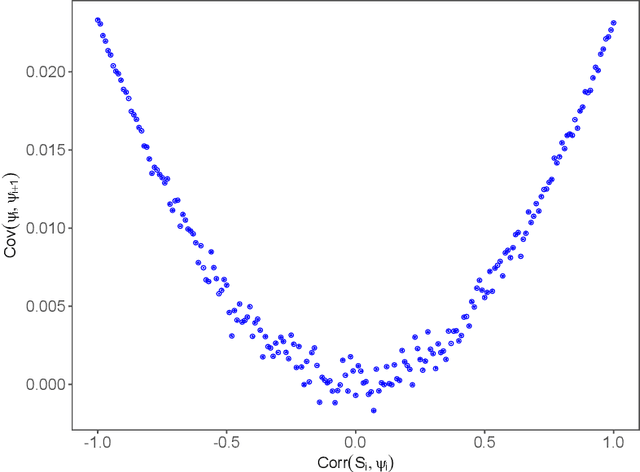Statistical Performance Guarantee for Selecting Those Predicted to Benefit Most from Treatment
Paper and Code
Oct 12, 2023



Across a wide array of disciplines, many researchers use machine learning (ML) algorithms to identify a subgroup of individuals, called exceptional responders, who are likely to be helped by a treatment the most. A common approach consists of two steps. One first estimates the conditional average treatment effect or its proxy using an ML algorithm. They then determine the cutoff of the resulting treatment prioritization score to select those predicted to benefit most from the treatment. Unfortunately, these estimated treatment prioritization scores are often biased and noisy. Furthermore, utilizing the same data to both choose a cutoff value and estimate the average treatment effect among the selected individuals suffer from a multiple testing problem. To address these challenges, we develop a uniform confidence band for experimentally evaluating the sorted average treatment effect (GATES) among the individuals whose treatment prioritization score is at least as high as any given quantile value, regardless of how the quantile is chosen. This provides a statistical guarantee that the GATES for the selected subgroup exceeds a certain threshold. The validity of the proposed methodology depends solely on randomization of treatment and random sampling of units without requiring modeling assumptions or resampling methods. This widens its applicability including a wide range of other causal quantities. A simulation study shows that the empirical coverage of the proposed uniform confidence bands is close to the nominal coverage when the sample is as small as 100. We analyze a clinical trial of late-stage prostate cancer and find a relatively large proportion of exceptional responders with a statistical performance guarantee.
 Add to Chrome
Add to Chrome Add to Firefox
Add to Firefox Add to Edge
Add to Edge